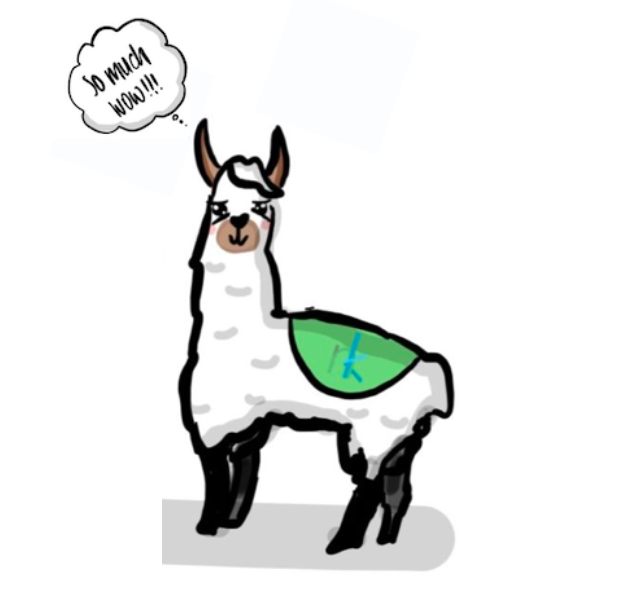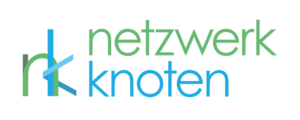Or: The plan I followed — and that you are allowed to copy 😉
The title says it all. After a year of being an external agile coach in a product area with four teams and one leadership team, here is what I have learned and would recommend to any agile coach starting a new project:
1. Assume that no matter what the issue is, it is solvable
Yes, no kidding. What I’m hearing a lot whenever my colleagues or myself are inserted in a new project environment, is: „Oh, you know, we’ve had this problem forever, there’s really nothing you can do.“ While this is a valid perspective and gives you information on the motivational status for a particular person, the key is to believe you can make a difference, no matter how small. Incremental change can be as much as an experiment or adopting a different mindset — and as for the agile coach’s situation: just the fact that somebody hired you to help means there is hope, reflection, and willingness already. And your very first job is to take this gift and give it your all.
2. Listen to all sides involved
Every agile coach with the least bit of good practice knows that they are the Jon Snow of the system they just entered: they know nothing. So like them, a first step is to listen carefully, ask direct questions, take extensive notes, convert and essentialize them into a scrum master diary (observation/quotes, hypothesis, possible interactions, desired state), and even while already intervening, constantly keeping on observing and asking for what everyone thinks.
Listening to all sides right from the beginning bears another important aspect: everybody is being heard and is part of the process because the information they share contributes to the intervention plan that is forming. Which means, this is the beginning of a (hopefully) good relationship where everybody participates and shares control of the desired change.
3. Foster empathy above all else
This is actually a no brainer. No matter what, you can never have enough empathy (not technically true, because studies show that too much emotional empathy can stop you from functioning, while there’s not enough cognitive empathy, meaning the ability to take perspective and understand others’ emotions — that’s a whole different discussion, let’s leave it at this: understanding other people’s emotions and perspectives is essential to functioning in a work environment). The reason this is one of the first things to do is that while you’re still in your observing phase — which is absolutely necessary in a new environment, this is something you can do without causing harm. Being a new player in the organization’s game is an advantage here: you have no prior association with any party or person and no stake in the game, so sharing observations and asking questions leading to a better understanding of other players is the first helpful service you can provide.
4. Foster collaboration
Again, pretty much a no brainer. We all know that humans’ primary social need is connection. The work term for connections of teams is collaboration. Collaboration means how single humans work within a team and how teams work together. And again, as a new player, suggesting collaboration is something that you are extraordinarily capable of doing, as you are in no established social relationship that comes with political or other intention. Use it.
On a team level, one could say, fostering collaboration includes optimizing and building structure. No team in the world, no matter how high performant, is perfectly organized, as organization is a process that moves with the change of the environment it is in.
Superconcrete that would mean: look at the structures the teams follow and where they serve them. Where they don’t or there is no structure, ask questions and suggest first small experiments.
5. Recognize what is already there
Making the decision to ask for outside help usually means there is some very evolved brains at work and what they need most of all is outside perspective. Make them feel empowered for what they have achieved. Celebrate the things that exist and work well, thus encouraging the scaling and good practice that needs none or very little support from you. This frees you and your teams up to focus on what needs improvement.
6. Enable wherever you can
Especially because you know you will not be in this work environment for too long, use all your energy to create self-sustaining systems and even more importantly, mindsets. The old quote from Maya Angelou is still true. She said: “I’ve learned that people will forget what you said, people will forget what you did, but people will never forget how you made them feel.” And even better: if they felt good and empowered, they will want to feel that way again and fight to keep it going. The less dependency on you is being created, the better. Or as Simon Sinek says: a good leader creates more leaders.
Your enemy here is your own ego: we all like being needed, it is human nature. You can forgive yourself for that and then let it go. This includes pulling out of situations that have arrived at the desired state, especially when you have little time. (Which is hard, because by then you might have developed a relationship with the people and might want to enjoy that a bit more, but no.) On that note:
7. Understand that everything is a team achievement
That means whatever you achieve is not yours. And while your ego should be checked at the door when you enter, it can be easy to forget that as a coach, you cannot take a single step on your own. An agile coach can only do their job as well as the people they work with let them. In my case, there was tremendous support from all levels from the very first day and I am still beyond grateful for that.
8. Rely on the people who are involved
It is usually the people closest to the problem who need to be listened to for the solution, as our head of product once wisely said. I want to add that they will also be entrusted to implement the solution, so both their motivation and need for it are the greatest. A lot of the time, there might be no need to involve other than the people directly impacted by the problem in finding a solution. That also includes to not count on anyone who hasn’t gotten involved even though the issue at hand has persisted for a while.
9. Align on needs and communicate intentions
Alignment means communicating your observations, hypotheses, and intervention plans and making sure you are on the same side with whoever that plan concerns and impacts. Nothing is worse than an agile coach doing something nobody needs or wants or giving workshops that are not what a team needs the most. Again, we are humans too and like certain things or have preferences to do things a certain way, at the same time, in my understanding, an agile coach is a servant leader and needs to go with what is necessary from the client’s perspective. Communicating intentions means here to share what you intend to achieve via a certain intervention and/or what you think the desired state is.
10. Recognize when you’re becoming a player in the system
The longer you are in an organizational environment, the more you will become a player in its game. That does not mean that your intention to be neutral changes, what it means though is that you will start forming relationships and rapport that might influence who you listen to and how capable you are of remaining in a neutral position. The only way, in my experience, to deal with that natural process, is to address it and decide with your respective teams what conclusions might be.
11. Use time pressure as a motivator
Yes, time pressure sucks and most likely within a project deadline, you will not finish everything. You can, however, make sure to equip everyone in your care as best as possible for your leaving. Nothing drives learning and establishing new systems as much as time pressure. Treat it as your friend and let it help you prioritize. That also means setting expectations as to how far you can get in, say three months. And lastly
12. Care consciously
This one is highly personal for me. In my opinion, nothing beats a person saying „I care about you and about this, and I will help as much as I can.“ This attitude, again, enables empathy, and in the long term, trust. It may make it harder to let go (or avoid burnout^^), but to me it is also what drives me and keeps my ego in check. In the end, even if you are an external agile coach, you have been given humans to care for and whenever in doubt, this is your anchor.

